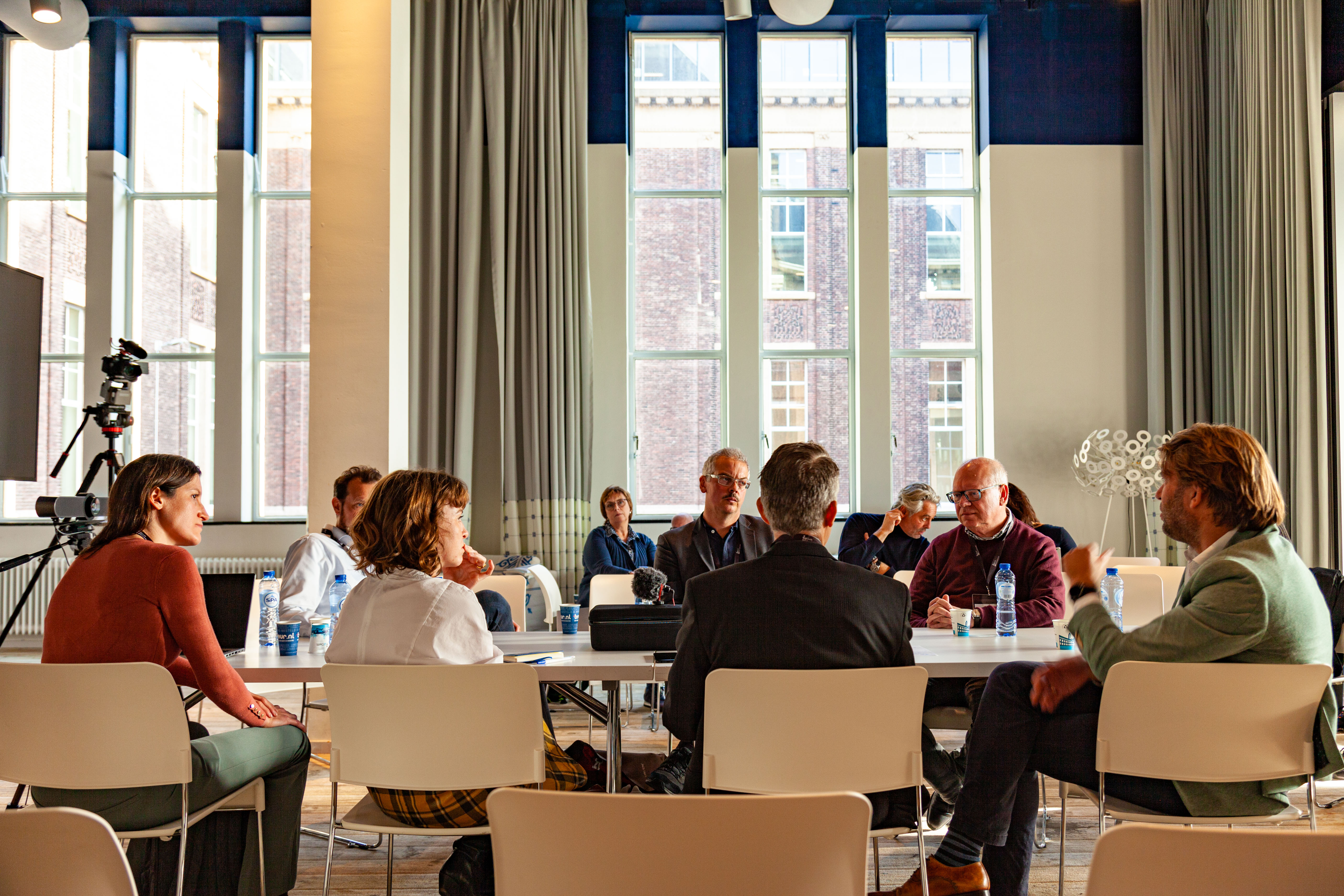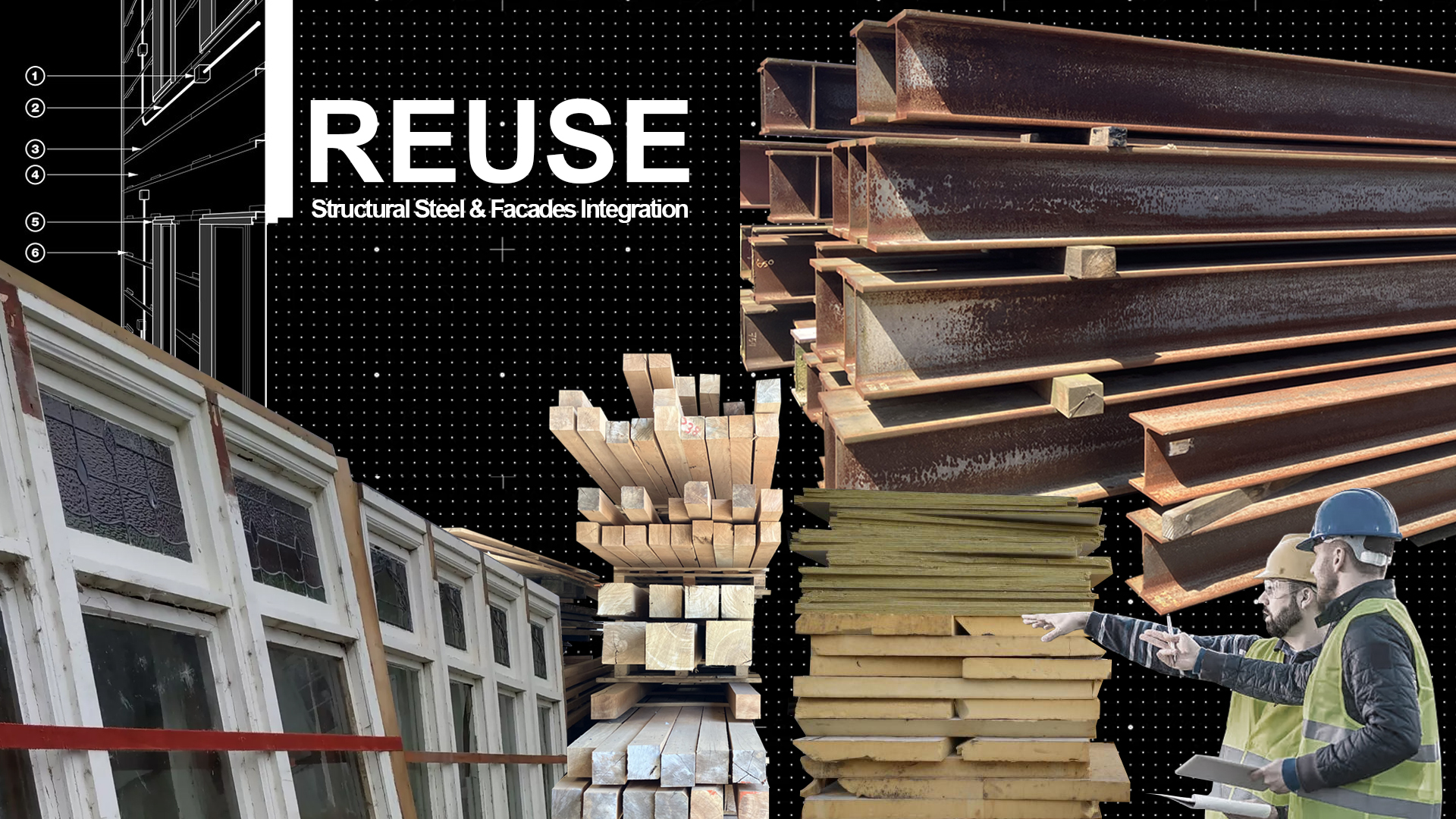Circular Building Product Design
Architects and engineers are usually not the ones designing building products and often have very little knowledge about them. However, transitioning to a circular built environment requires that a. architects and engineers can make informed decisions as to what product best fits their purposes each time; and b. they might be required to reuse existing products or redesign using existing materials or parts of products. Finally, c. it requires knowledge by the building industry to create circular building products, to source materials and to understand how these are geared into the architectural decision-making process. Therefore, knowing how products are designed, made and supported is essential for making the transition to the circular paradigm.
The AR0145 Circular Product Design Technoledge course aims to draw attention to building products and how they are affected by the transition to the circular built environment. It focuses on the design of circular building products and on exploring the multiple domains affecting designers’ circular choices and their mutual interdependencies.
The course identifies four main areas of interest: materials, design, manufacturing and management. How do material and design choices affect a building product’s life cycle? And what is our current manufacturing capacity to either make new products using secondary materials or use bio-based materials as primary resources? How do business models get affected by these changes and what kind of organizational schemes need to be introduced? What are the main barriers for implementing circular ideas and are there ways for facilitating the transition to a circular built environment? Ultimately, how do social, technological and economic factors affect building product design? The course explores the different domains related to circular building products from their original conceptualization all the way to their end-of service life.
The challenge this year was twofold: design and prototype building systems using biobased or reclaimed building components and materials (restorative and regenerative). Students worked in groups of 4-5 to produce a design of a building’s a. structural system; b. the external wall; c. windows/openings; d. the floor slab; and e. the top slab. They later prototyped a 1:1 detail of their project in collaboration with ROCvA students of the carpenters’ study program, supervised by Remon Verveer.
Tutors
Olga Ioannou, Jan Jongert
Collaborators
Remon Verveer (ROCvA), Floor Hogenboezem (TGV), Jean Paul de Garde (TGV), Nils Eekhout (Octatube), George van Enige (Octatube), Mia Barnard (TUD), Fieke Konijnenberg (TUD).
Excursions
HvA [Robotic Lab], Octatube
Guest Lecturers [2025]
On Materials: Axel Hendrix – ADEX, Sanne Verhoeve – Material Scout@Superuse Studios, Tjeerd Veenhoven – STV Studio. On Design: Josse Popma – Architect, Partner@PTSA, Diederik Veenendaal – Engineer, CEO@SUMMUM, Pio Lorenzo Cocco, University of Camerino. On Manufacturing: Jan Walrecht – STROTEC NL, Daniele Tanzi – Architect@TNM, Pieter van den Wittenboer, Concept Developer@Woody Builders. On Management: Michael Peeters, TUD, Diana de Graaf – De Graaf & Co, Ali Sedaghat Taringheh, Senior Innovation Manager@Urban Miner, Nan Bai, TUD.
Students [2025] (in alphabetical order)
Rafif Cahyadi Agung, Ewa Blicharz, Loic Chabus, Stephan Dekker, Javni Dedhia, Vadya Dzauqiah, Nlis Ewen, Laura Fokkelman, Artemisia Goldsmith Gouzerli, Jiayi Gu, Sana Hafsa, Maryn Halbesma, Han Holtmann, Ira Hutter, Thaleia Kalfa, Celia Leoudi, Tinka de Leeuw, Jirre Luikinga, Emiel Mevis, Emmanouela Myrtaki, Richard Nemcek, Renske van der Peet, Debora Pleylar, Casey Poot, Bente Schelvis, Zhangze Shao, Thanassis Svarnas, Jennifer Stutzenberger, Kang Taehyun, Meike Veldhuis, Krishna Kosuhik Venigalla, Hugo Wehry, Shinwon Yun, Justin Zethof
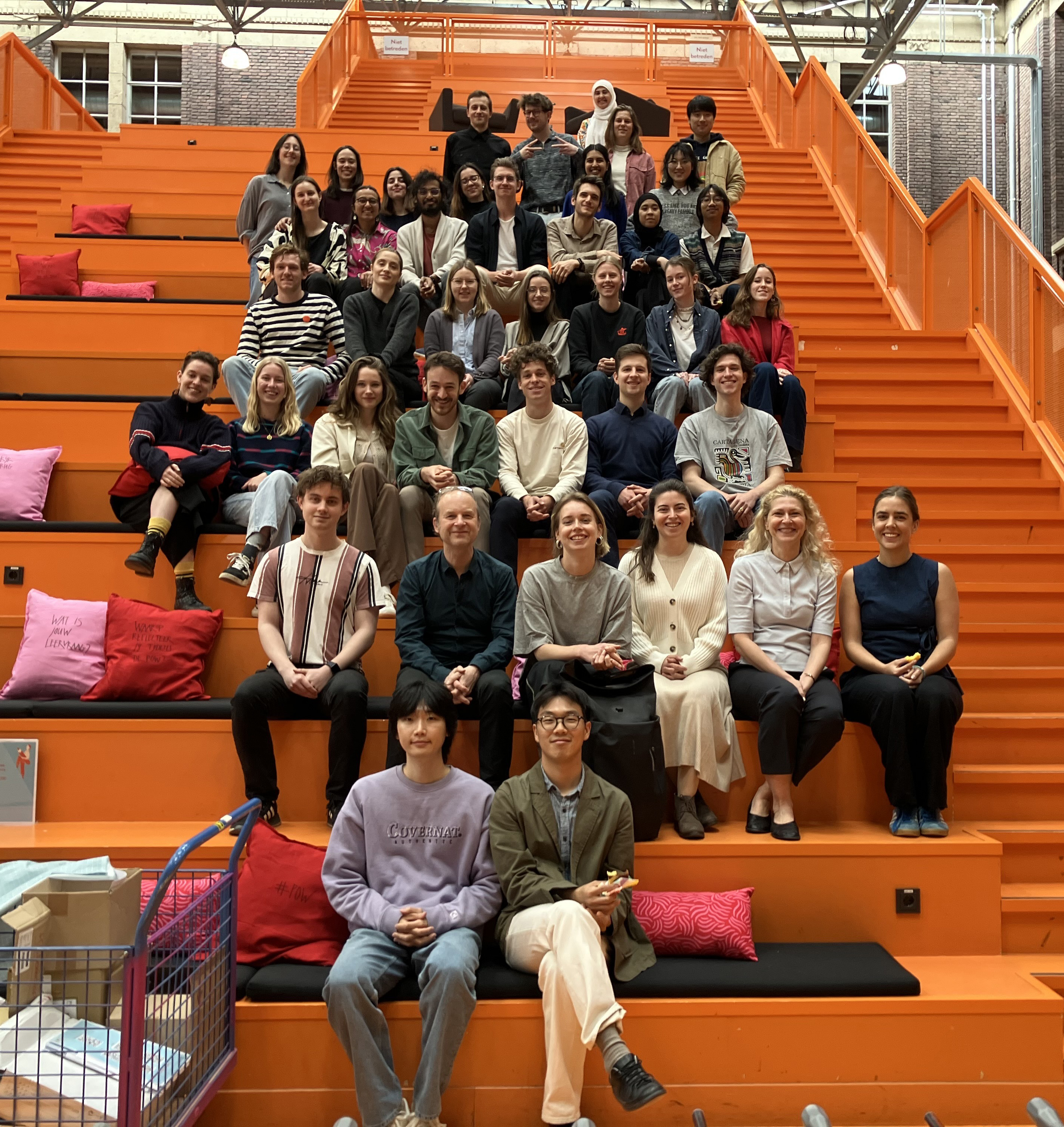


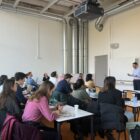
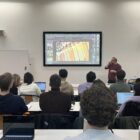
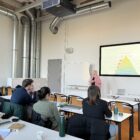
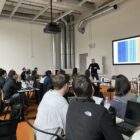
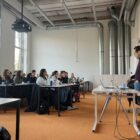
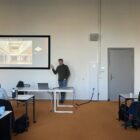
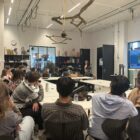
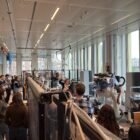
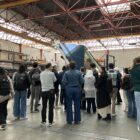
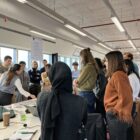
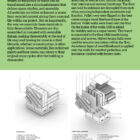
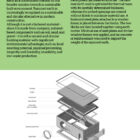
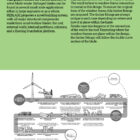

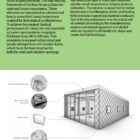
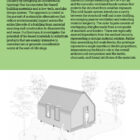
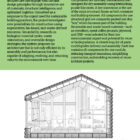
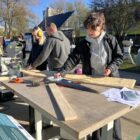
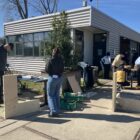
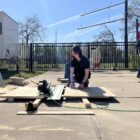
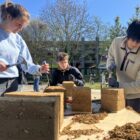
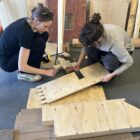
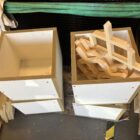
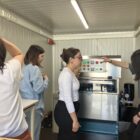
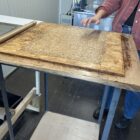
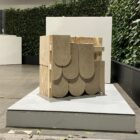
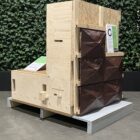

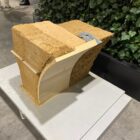
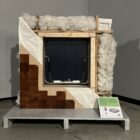
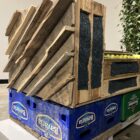

![Architecture Tutors Training Day [2024]](https://educatorsforcircularity.tudelft.nl/wp-content/uploads/2024/08/IMG_1253.jpg)
